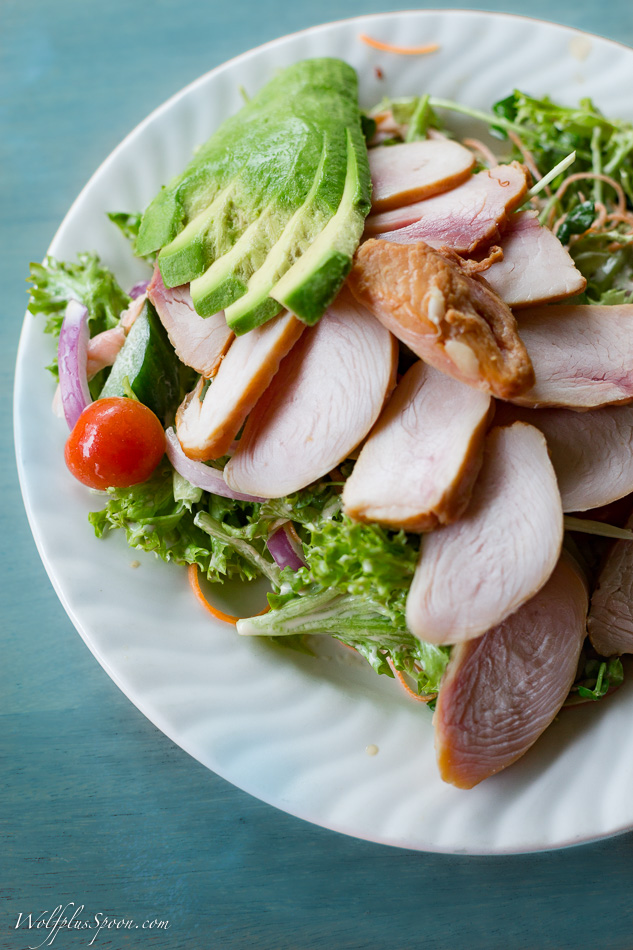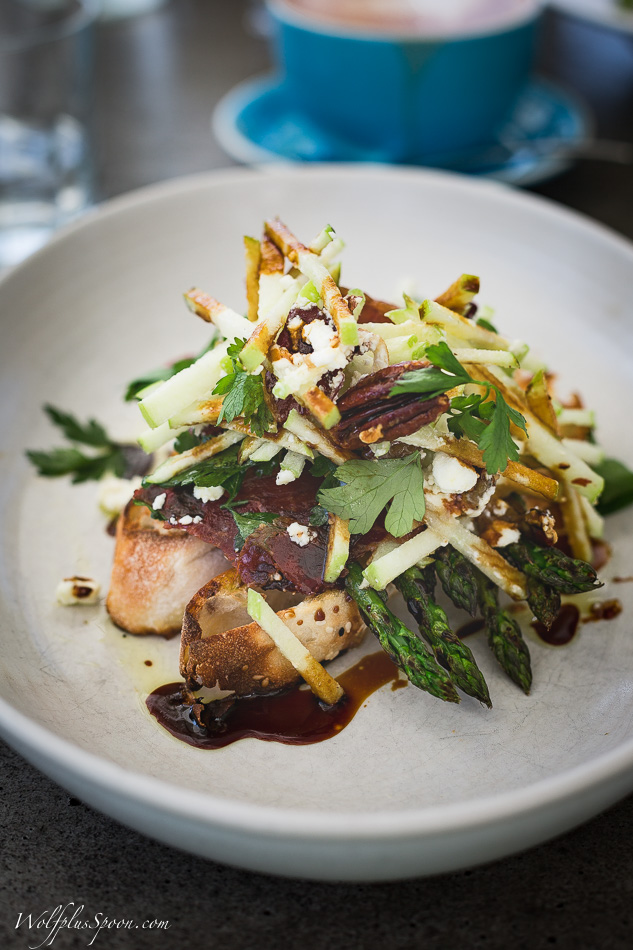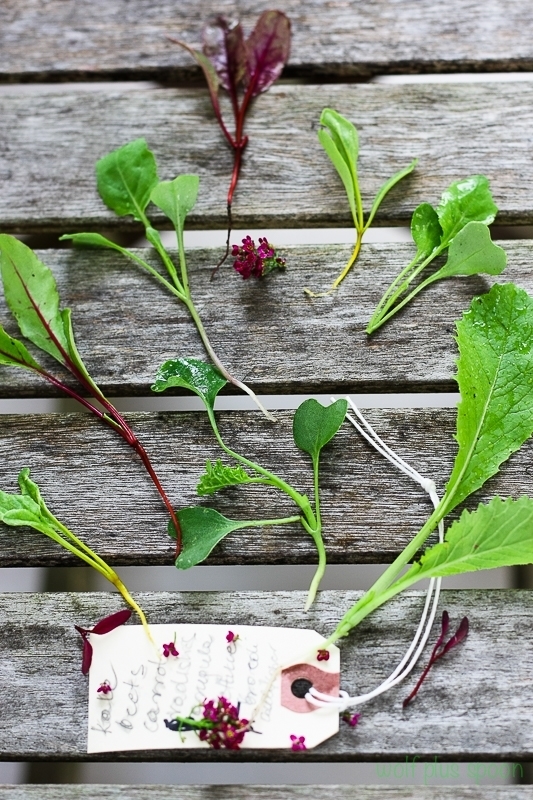I will start by saying that I feel like I am waking up from the deepest, longest dream. But I am back and ready to start over. Long overdue, the story about my trip Down Under is finally ready to be told. Australia deeply touched me, from its endless and incredible landscapes, extreme activities, dangerous animals, crazy people and, of course, the food. I wasn’t expecting Australian food to be any different from American. I actually didn’t know what kind of cuisine to expect, but that it would probably very much like what I eat in NYC. To my surprise, I discovered completely new distinctive flavors and food combinations.
Aussie people are very proud of their country and culture as well as their food. Most places serve locally grown vegetables, farm raised animals, wild caught seafood as well as overpopulated kangaroos. Some of the dishes I can’t even describe; with so many different ingredients I have never tried and combinations I would have never thought of.
Australians love their avocados – especially with their eggs and breakfast dishes. They develop so many variations of avocado toast that for 3 weeks I never tried the same dish twice. Aussies also have a fondness for avocado and Vegemite on toast. I am not a big fan of it, but I loved “Smashed Avo” - avocado on toasted sourdough, feta, lime, cashew and basil pesto with chili jam and poached eggs.
Breakfast also means a variety of fresh squeezed juices and fresh made shakes. Options are overwhelming from beetroot /apple /ginger/ lemon/ oranges to The Nutty- peanut butter/ Nutella/banana and yogurt, to Bananarama- banana/spinach/mango/yogurt/Chia and almond milk and my favorite Cadolada- avocado/pineapple, banana, mint and coconut milk. All equally healthy and refreshing. I was surprised by the muesli that are often served for breakfast, a mix of Chia seeds, oats, wheat germ, sunflower, pumpkin seeds, dried fruit, local yoghurt, poached seasonal fruit and local honeycomb, it was a wildly delicious thing.
The best coffee I have ever had was in Thailand but the Australian latte takes second place; smooth and creamy, simply addictive.
I never imagined combining beetroot hummus, poached eggs and pistachio yoghurt on a toast before but it works incredibly well. The sweetness of pistachio yogurt works really well with a touch of sourness of hummus and combined with the crunchiness of sourdough toast to make a tasty sandwich.
The national product, world famous Vegemite, is just disgusting and no matter how many people tell you how awful it is, have to try it for yourself. Vegemite is a dark brown food paste made from yeast extract and spice additives. The most popular way to eat it is to spread it on bread or toast with butter. I have tried it and it not only looks and smells disgusting it also tastes disgusting. (Yuck!)
Crocodile and kangaroo meat are essential meats in Australian kitchen. Both are very lean and tasty. Kangaroo, which is red and tastes more or less like steak, goes really well with a pepper strawberry sauce. Crocodile is a white meat and tastes like chicken, often served with French fries and salad.Barramundi is the most popular fish in Australia. It gets its name from Aboriginal language and it means “large-scaled river fish”. The best one I had was grilled like a steak and served with herbed oil. The Australian ‘lobster’- Balmain bugs or Moreton Bay Bugs has no claws and only its tail contains edible meat. I have tried them steamed, deep fried, grilled, barbequed and cold as part of a seafood platter. They all taste good.
During a river safari, watching salt water crocs in their natural habitat, I was offered one of Australia’s iconic cheap foods – Damper – soda bread make with wheat flour, water, and a pinch of salt and baked on the coals of a campfire. Mine was served with traditional Billy Tea. On the fancier side, the popular dessert is Pavlova; supposedly invented in honor if Russian ballerina Anna Pavlova while she was visiting Australia. New Zealand claims the same thing and both countries fight forthe title of inventor of Pavlova – a meringue based dessert toped with whipped cream and fruit. Regardless of its origin this cake is absolutely delicious.
Anywhere you go in the world you should always try the local food. You might hate it or you might be positively surprised and discover new flavors and favorite dishes. There is so much complexity and variety to Australian food that I cannot wait to go back to this magical country to explore and eat, once again.
















































